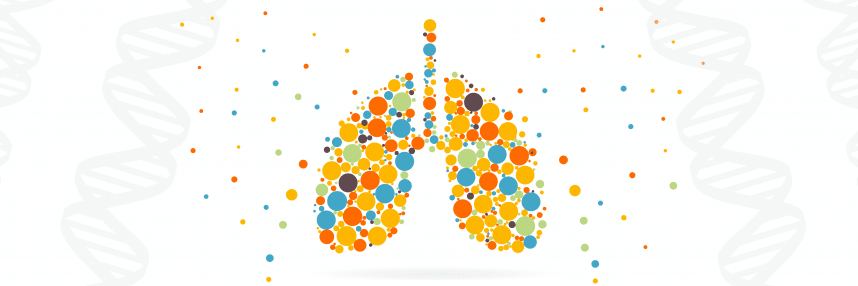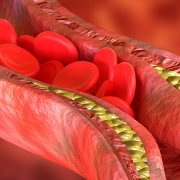Asthma and the genome
This week, we look at a common condition – asthma – and the role our genome plays in its onset
We all know someone with asthma, but why do they have it? Is it always because of our genome, or are environmental factors important too? We take a deep dive into the UK’s most common lung condition.
Understanding asthma
Asthma is a common condition where the airways in the lungs can become inflamed and constricted, causing breathing difficulties. It is by far the most common lung condition in the UK, according to the British Lung Foundation, with over 12% of people diagnosed in their lifetime.
Asthma can cause daily symptoms such as coughing and wheezing but can also present in sudden attacks of more serious breathing problems. Severe asthma attacks can be triggered by many factors and can be life threatening, claiming the lives of three people per day in the UK on average.
There is currently no cure, but treatments are available that can keep symptoms under control for the majority of affected people.
Asthma often begins in childhood but it can also develop in adults who have not had it before. So what causes this variable age of onset? Is it our genome or something else?
Our genomes’ role
Like many common conditions, asthma has a genetic component but is also influenced by environmental factors.
Asthma certainly runs in families: a person with one parent with asthma has around a 25% chance of being affected, compared to a 5% chance for a person with no family history of the condition –however, genomics does not account for every case. If one of a pair of identical twins has asthma, the chance that the other twin (who shares the same genome) will also have it is only 75%. Therefore, there must be other factors at play.
Interestingly, early-onset asthma is more strongly associated with a family history of the condition than adult-onset asthma, indicating that gene variants with a causative effect are likely to influence the onset of asthma in children, whereas environmental factors may be more influential later in life.
There is also a difference in the patterns of genes associated with allergic asthma (the most common type) and non-allergic asthma, which is rare in younger people.
Asthma is also more common in people who have (or have a family history of) allergies, hayfever, eczema and autoimmune diseases, indicating some overlap in the genetics underpinning these conditions.
For example, a protein called filaggrin is implicated in asthma and hayfever, but is primarily known for its involvement in skin disorders like atopic dermatitis and ichthyosis vulgaris.
The genes HLA-DQA1 and HLA-DQAB1 code for a cell surface receptor protein found on antigen-presenting cells. As well as being associated with late-onset asthma, they are also involved in autoimmune conditions including coeliac disease and type 1 diabetes.
Using GWAS studies
Asthma is a polygenic, multifactorial condition. Variation in age of onset, severity, allergic or non-allergic subtype and the range of potential triggers all contribute to a disease that can present very differently from patient to patient.
Genome-wide association studies (GWAS) have identified over 100 different genes that influence the likelihood that someone will get asthma. These genes are predominantly involved in either lung structure and function, or in inflammatory and immune responses. As with other common diseases, such as diabetes, some genes appear to have protective effects while some contribute to the chance of developing the condition.
Although significant progress is being made, the variants that have been uncovered so far account for only a portion of the known heritability of asthma. Additionally, the datasets used in these studies mostly contain genomes from people of European ancestry, so larger and more diverse future studies may shed more light on who is affected by asthma and why, leading to new avenues for treatment and prevention.
–









